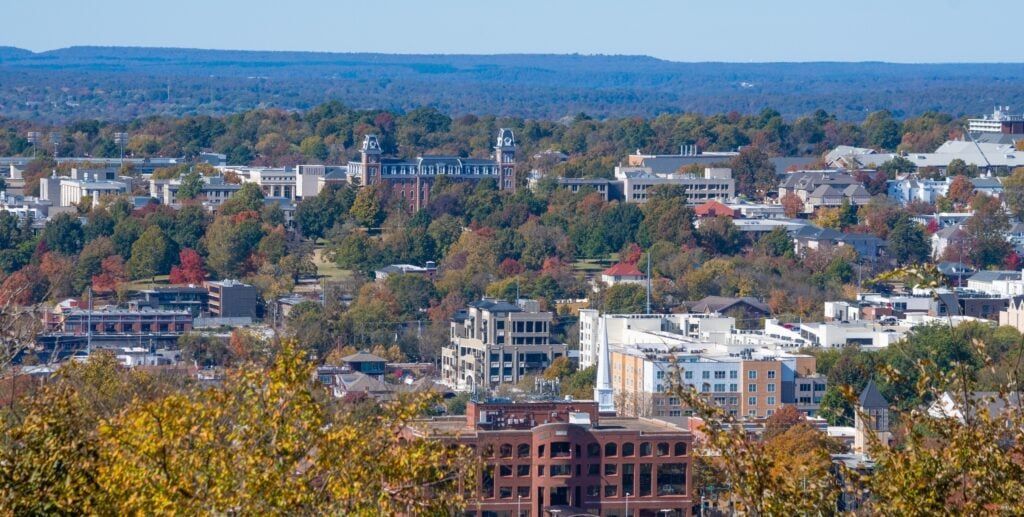Housing Market deals emerge
Housing market deals emerge as builder inventory hits 2009 levels

In a recent meeting with analysts, Lennar co-CEO Jon Jaffe echoed the sentiments of other prominent homebuilders throughout the year, asserting that the current housing market exhibited a weaker performance than anticipated.
Jaffe explained that all the markets in which Lennar operates experienced some degree of softening during the quarter. Even in the most robust performing markets, buyers necessitated the provision of incentives. The nature and extent of incentives varied across different markets, primarily manifesting in the form of mortgage rate buydowns.
Jaffe identified the following markets as those that faced more challenging conditions for Lennar during the quarter: the Pacific Northwest markets of Seattle and Portland; the Northern California markets of the Bay Area and Sacramento; the Southwestern markets of Phoenix, Las Vegas, and Colorado; and certain Eastern markets such as Raleigh, Atlanta, and Jacksonville.
To attract previously disengaged buyers, Lennar, the second-largest homebuilder in the United States, implemented an incentive strategy in the second quarter of 2025. On average, the company allocated 13.3% of the final sales price to sales incentives, including mortgage rate buydowns. This incentive rate resulted in a home with a $450,000 sticker price receiving approximately $60,000 in incentives. According to John Burns Research and Consulting, this incentive level represents the highest level offered by Lennar since 2009 and significantly surpasses the incentive level employed during the company’s cycle low in the second quarter of 2022, when 1.5% of the final sales price was allocated to incentives.
The prolonged duration of this subdued housing demand environment, which has persisted since the surge in mortgage rates and the subsequent decline of the pandemic-driven housing boom in summer 2022, has led to an accumulation of unsold new-build inventory. Notably, since the peak of the housing boom, the number of unsold, completed new single-family homes in the United States has been experiencing a gradual increase.
May 2018 —> 59,000
May 2019 —> 79,000
May 2020 —> 74,000
May 2021 —> 33,000
May 2022 —> 36,000
May 2023 —> 65,000
May 2024 —> 93,000
May 2025 —> 119,000
Builders are currently experiencing pricing pressures, particularly in regions where active housing inventory for sale has surpassed pre-pandemic 2019 levels.
For more details on individual projects, contact Mason Capital Group Real Estate Investment & Trust
Original article: FC, by: Lance Lambert




